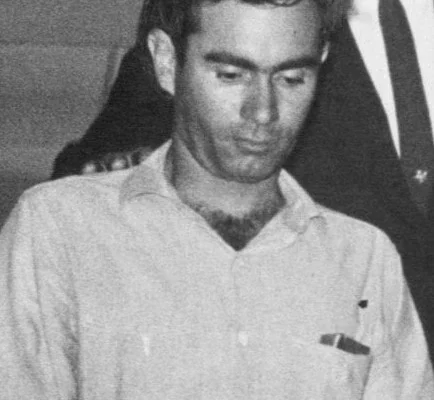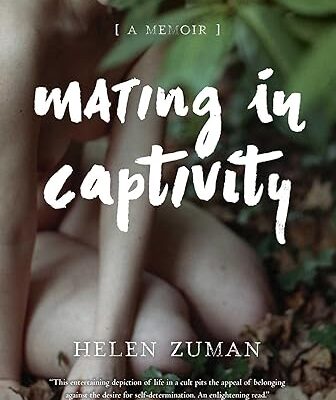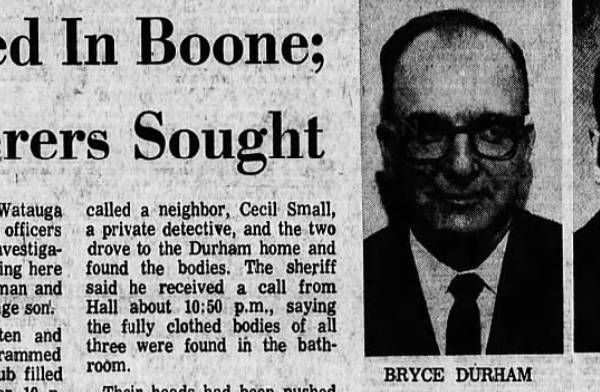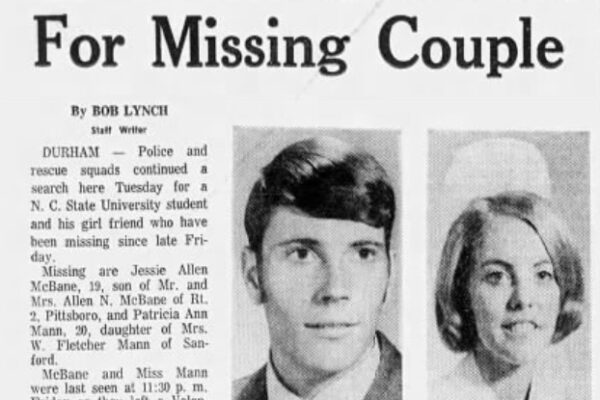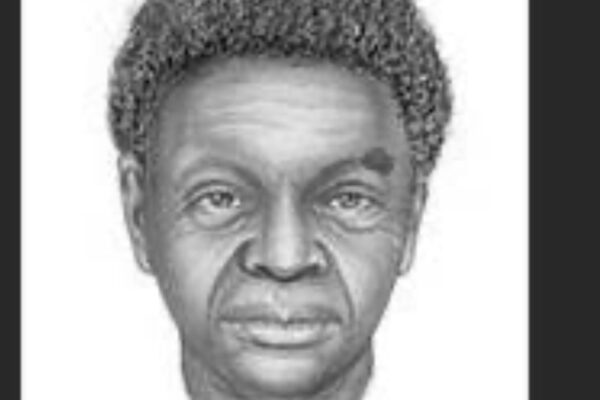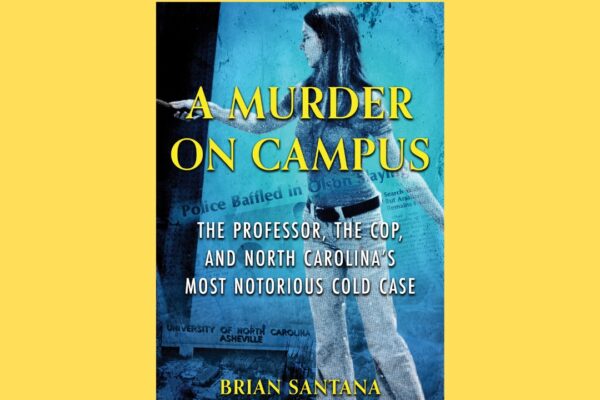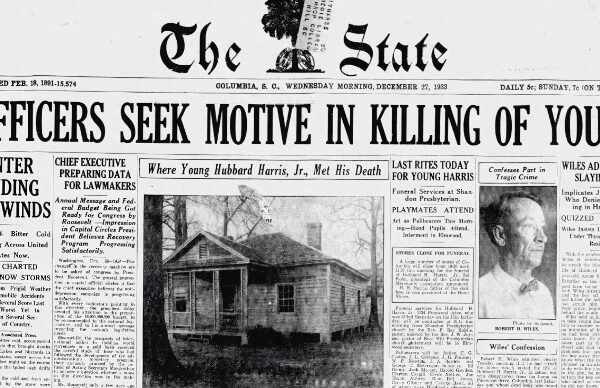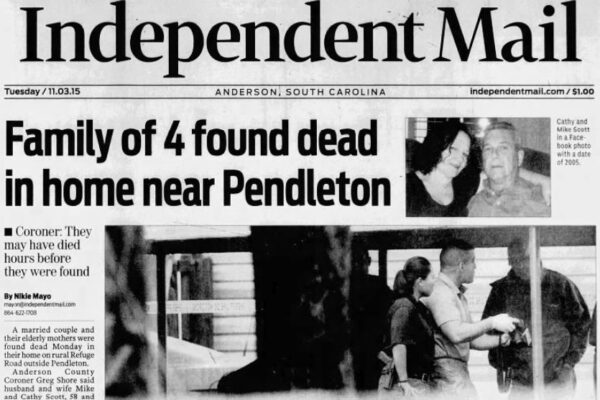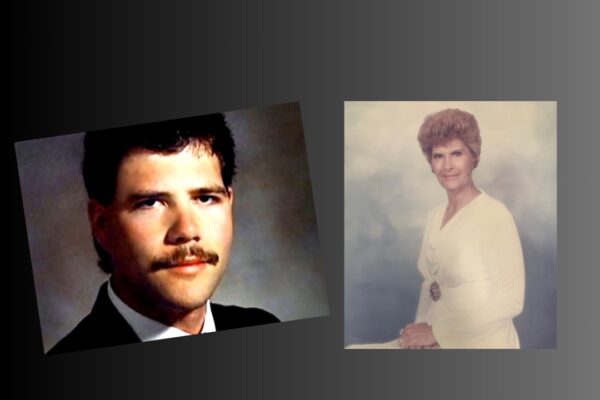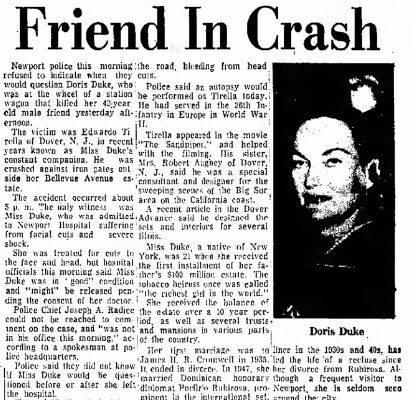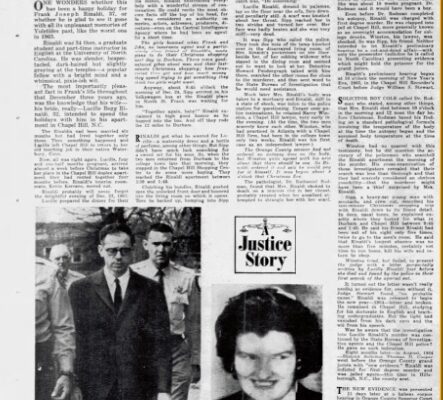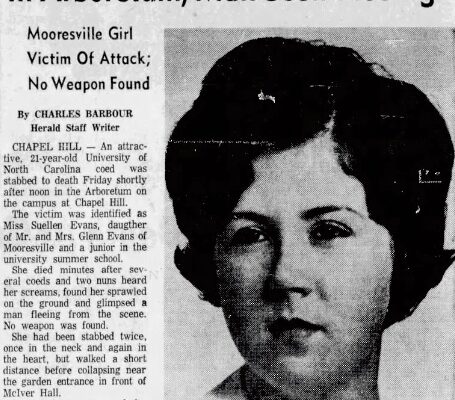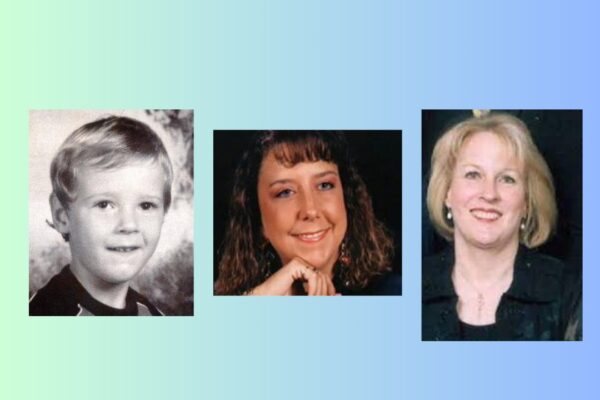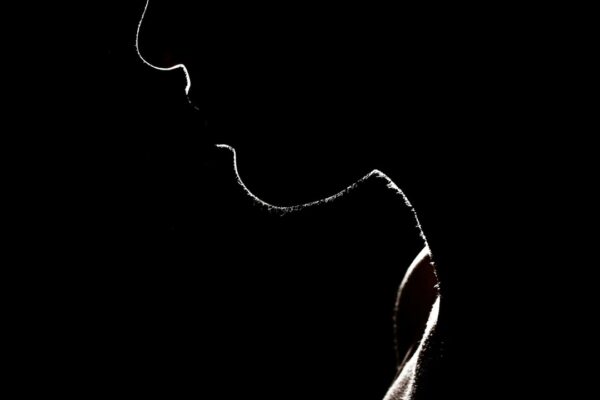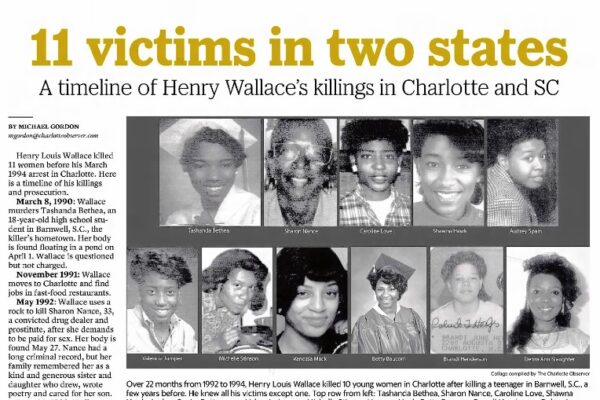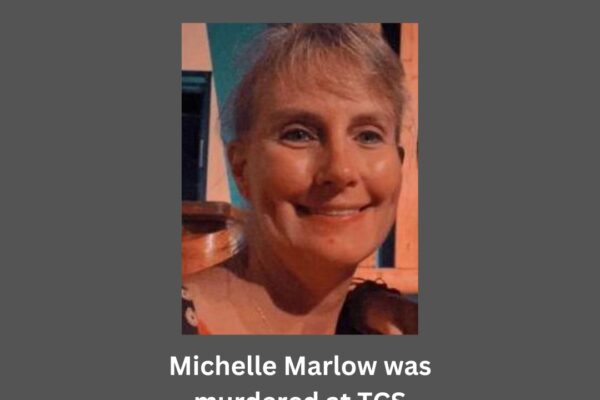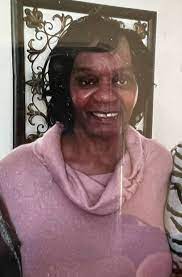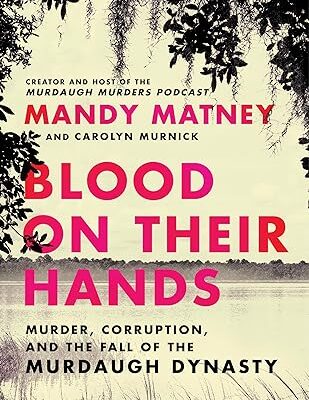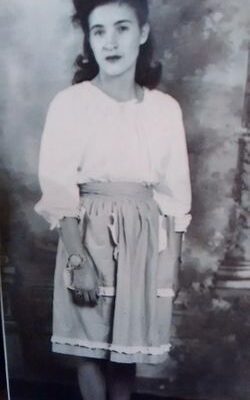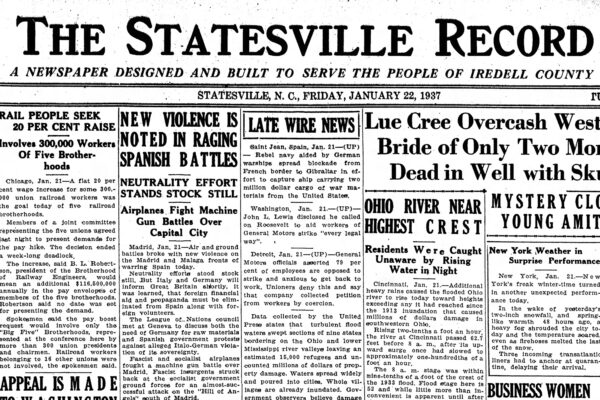In 1968, the town of Gaffney was much smaller, quieter, in the midst of integrating black students into schools that had been predominantly white up until that point. Lyndon B. Johnson was the president of the United States and daily headlines reported on the U.S. involvement in the Vietnam War. People in the community thought nothing of leaving their doors unlocked or traveling by foot to get from one place to another. In fact, many people preferred it. But in January of 1968, a teenage girl disappeared from Gaffney, and a few weeks later, so did a married woman out walking her dog. Someone was abducting women in broad daylight, and no one realized it right away because the boogeyman didn’t really exist, right?
But before we get to those abductions, I want to talk about what happened to Roger and Lucille Dedmond on May 19, 1967.
A Tumultuous Night Out
On that evening, the couple traveled from their home in Spindale, N.C., crossing the state line into Gaffney for a night on the town. According to eyewitness accounts and testimony from Roger, they both became intoxicated over the course of the evening. They were seen fighting in a nightclub near Gaffney, S.C. But later that evening, Roger said they had resolved their argument and stopped at a roadside restaurant. He went inside to purchase some doughnuts and coffee, and when he returned, his wife was gone. As he later told police, he thought his wife had walked off. She had done that before during their arguments. Roger went home, as they were parents of an infant son at the time.
The next morning, Lucille Dedmond was found lying nude in Jerusalem Road in Union County, South Carolina. She had been strangled to death and sexually assaulted. Local police informed Roger that they had discovered his wife after he identified her body, they promptly arrested him for the crime. He later said the police had questioned him for more than two days, without a break, after his arrest. Roger said he was too drunk to remember exactly what happened and denied murdering his wife. But police convinced him to sign a confession. After all, how else did his wife happen to end up dead within twelve hours of the couple being seen arguing?
By the end of the year, on December 12, 1967, a jury found him guilty of manslaughter, largely based on the testimony of the police who questioned him. A judge sentenced him to 18 years in prison. But as it turns out, Roger Dedmond did not really murder his wife. And the man who did would eventually want credit for it.
A String of Missing Women
In the early months of 1968, two people went missing from Gaffney. The first was a 14-year-old teenager named Nancy Rhinehart, who went missing in late January. She visited with her grandmother on Locust Street before saying she was going to a store in downtown Gaffney where her mother worked. She never arrived at the store. When her mother reached out to the police, they believed she was probably a runaway.
But then, on February 7, 20-year-old Nancy Parris left her home, where she lived with her husband’s parents, to take her dog, a white poodle on a walk. They left around 3:30 p.m. but never made it back home. She was last seen around 3:45 p.m. at a café, with her dog, where she got some change and made a call from a pay phone. Police believed she was calling a local pool hall where her husband, Monroe Parris hung out, but he wasn’t there and missed the call. When Monroe returned home from the establishment, he found no sign of his wife or the dog. He walked around the neighborhood searching for them, and later that evening, growing concerned, he contacted the police. He told them his wife was very cautious and wouldn’t have accepted a ride from anyone, even someone she knew.
An Anonymous Call
On February 9, 1968, Bill Gibbons, the managing editor of the Gaffney Ledger, received an anonymous phone call, where a man confessed to murdering two women who had been reported missing. These women were Nancy Parris and Nancy Christine Rhinehart. The caller told Gibbons to take out three different sheets of paper for three different stories he had to tell.
The anonymous caller gave directions as to where the two Nancy’s bodies could be found. In turn, Bill Gibbons immediately notified the police and gave that information to them. A few days later, on Monday, February 12, the anonymous caller again contacted the newspaper editor and confessed to being involved in Lucille Dedmond’s murder, the one where her husband had been convicted of murdering his wife. He gave detailed information about things that were in Lucille’s pocketbook.
On February 13, 1968, 15-year-old honor student Opal Buckson was walking to the bus stop when she was unexpectedly abducted. Her 16-year-old sister, Gracie Buckson, was about 50 yards behind her at the time. Opal screamed, and Gracie saw a white male force her sister into the trunk of a blue car before driving away. She grabbed her brother and the two ran back to their family’s home to tell their parents what had happened. At the scene, they found one of Opal’s shoes, a pile of her schoolbooks, and a scarf.
With this abduction, caller showed that he had no preference over the race of his victims. While the two Nancy’s had been white, Opal was a black female. But all three women were slender and attractive.
Bill Gibbons received another phone call. The caller told him, “This is the same man who called you before. We’re going to have to do something about that man down yonder serving my sentence. I killed Mrs. Dedmond, just like I did Mrs. Parris and Rhinehart. I killed them with them begging me not to do it.”
He had more to say about Lucille Dedmond. He described what color and size shoes she was wearing when she died. He said she had a blue pocketbook in her possession, and in it was lipstick, a comb, a picture of a girl sitting on the back of a white Falcon, car keys, and a watch. Her dress was plain and simple, and she had no coat or stockings. He also described her underwear. He said he took her across county lines to Union County. The caller refused to name himself, saying police would have to “shoot me like the dog I am.” He did Roger Dedmond to be released from prison, because he was an innocent man whose only crime was fighting with his wife in a bar before leaving her alone and vulnerable in their car while he shopped for provisions.
This caller, who would later become known as the Gaffney Strangler, is not the first killer profiled on Missing in the Carolinas who liked to torment people by telephone. In 1985, Larry Eugene Bell kidnapped two young women from Lexington County, South Carolina, and then phoned their families with details of the abductions and where he had left the bodies of his victims. Police with the Charlotte-Mecklenburg Police Department also believe he was responsible for the disappearance of Sandee Cornett in 1984. You can learn more about Bell in Episode 10.
A Search for Opal Buckson
With a community becoming more fearful by the day after Opal Buckson’s abduction, a professional golfer named Henry Transou and a store owner named Walter Price decided they would drive around and see if they could see any signs of the missing high schooler. When Walter Price had to leave the search, a former fire warden named Lester Skinner joined in. The two men were driving in a wooded area off Highway 11 north of Gaffney when they spotted a suspicious car backed down a dead-end road, with a man crouching down beside the car. When the two men turned their car down the road to investigate, the man jumped into his vehicle, a 1957 Chevrolet, and began driving away. Transou and Skinner followed the car down several different dirt roads, taking down the number of the license plate just in case.
Eventually, the man driving the Chevy drove into the yard of a nearby house and parked. The two citizens who had been following did not know if he was involved in anything nefarious, but they reported the car to the sheriff’s office just in case.
Officers went to the home where the two men had seen the Chevy park, at and knocked on the door. The man living there said, yes, a mystery driver had stopped in his yard and asked if he sold beagles. The resident, said, no, I don’t, and the driver left. Skinner and Transou led the police to the spot where they had seen the man crouched behind the Chevy. The officers could see visible signs of a struggle on the ground, a quarter, and tire tracks.
Putting the Pieces Together
People started realizing they may have information leading to the missing women. A postal employee named Jimmy Phillips mentioned to a co-worked that he had seen a resident named Lee Roy Martin’s car idling in front of his house several different mornings around 4:30 a.m. He had no reason to have been parked in that location. Lt. McKinnon with the South Carolina Law Enforcement Division and the FBI agents he was working with began to quietly collect information about Martin, who worked at the Musgrove Cotton Mill. They checked to see if he had been on the job at the time of Opal’s abduction. He was not. They put him under surveillance after they realized the license plate of his car matched the one Transou and Skinner had written down. Members of SLED and the FBI went back to the location where the two men had first spotted the car and did a more thorough search of the surrounding woods. There, they found the body of a Black female, with marks around her throat and two stab wounds on her body. It was Opal Buckson. They arrested Lee Roy Martin at the mill shortly after.
Outwardly, the man did not look like a violent rapist and killer. He had dark hair and a friendly smile. Residents were surprised after his arrest. They told the local media they knew him as a good mechanic who enjoyed tinkering on his car and always had it “running like a watch.” Even though Gaffney had stopped the boogeyman before he could kill anyone else, one man told The Herald, “It would be tragic if we let our guard down now. It happened here once, and it could happen again.”
On February 21, The Herald ran an article stating Lee Roy Martin had tried to injure himself with a metal slat while incarcerated at the State Penitentiary in Columbia. The warden said they had moved the inmate to another cell directly in front of a correctional officer’s desk so they could observe him at all times. In the same article, a Gaffney attorney named Jonathan McKown told the paper that it was only a matter of time before he would request a new trial for Roger Dedmond, who was serving an 18-year-sentence in the murder of his wife Lucille.
On February 22, the bodies of Nancy Parris and Nancy Rhinehart were found about six miles apart. Nancy Parris was found under a bridge on Old Ford Road, about three miles east of Gaffney. They were both nude and had died of strangulation. The body of Nancy Parris was covered in cigarette burns. Nancy Rhinehart was found in the woods off Chain Gang road about three miles northwest of Gaffney.
Lee Roy Martin Confesses
After his arrest, Martin led police all over Gaffney to show them where he had discarded clothing and other personal items from his victims. Opal Buckson’s clothing, as well as a coat bearing her initials, were found in a well not far from where her body was discovered. In that well, police also found a billfold, two quilts, half of a black bra, a pair of stockings, a garter belt, a green skirt, slip underwear, a brown-tasseled loafer, and a man’s shirt and undershirt. Near the place where Nancy Parris was found, police found a wallet with her id. Her purse and one of her shoes were located in the Concord section of Cherokee county. Sadly, they also found the remains of the poodle Nancy’s husband said she’d taken for a walk on the day she was abducted.
The victims had all been sexually assaulted and strangled with a belt-like device that likely came from the mill Lee Roy Martin worked at.
Also in Cherokee County, they found a broken necklace, a can, and a bottle opener with a ring attached to a miniature license plate, as well as some torn-up books up trading stamps, like the ones the anonymous caller said Lucille Dedmond had in her purse.
After his arrest, Lee Roy Martin was sent to the State Hospital in Columbia to undergo psychiatric evaluation. In early May of 1968, physicians at the hospital notified the court system in South Carolina that Martin had been diagnosed as “not insane.”
Roger Dedmond was released from prison shortly after Martin was arrested. He went home to his son, then a toddler. All charges against him in the murder of his wife Lucille were officially dropped on February 29, 1968. In all, he had served 10 months in prison. Lee Roy Martin later admitted he had lured Lucille Dedmond into his taxi with an offer for a ride home while her husband had gone into the convenience store.
Who Was The Gaffney Strangler?
Most of Lee Roy’s early life remains a mystery. A native of Gaffney, in 1957, he had been convicted of assault and battery with intent to kill when he attacked a young girl in the woods. After serving time, he married, sometimes worked part-time as a cab driver, got a job at the textile mill, and had three sons.
During one of his trials, A SLED agent revealed Martin had confessed to necrophilia, o reengaging in sexual acts with the deceased body of Nancy Rhinehart. Another cruel twist? Her family reported Lee Roy Martin had attended their daughter’s visitation after her body was discovered. He told them, “She sure is a pretty girl, I don’t see how anybody could have done this to her.” He later admitted to performing acts of necrophilia with the teenage girl’s body after her death. His cruelty had also escalated. When Nancy Parris’s body was found, it was also covered in cigarette burns.
Lee Roy Martin pleaded guilty to the murders of four women and received four life sentences without parole. While incarcerated, he told his mother that he had a split personality and “his violent half” had committed the murders.
He did not serve much of his time in prison, though, before a fellow prisoner decided to send him to an early grave. In 1972, a fellow inmate named Marshal Rumsey, of Pickens, South Carolina, stabbed him in the chest and bac in the Central Corrections Institute in Columbia, S.C. Martin died immediately.
Show Sources:
The Herald
February 17, 1968
Suspect charged in two other murders
Page 1
https://www.newspapers.com/image/755439653
Page 2
https://www.newspapers.com/image/755439705
The Herald
February 19, 1968
Jolly Watching Dedmond Case
https://www.newspapers.com/image/755439711
The Herald
February 20, 1968
Gaffney Victim Fund Started
https://www.newspapers.com/image/755439778
The Herald
February 21, 1968
Martin placed under constant supervision
https://www.newspapers.com/image/755439880
The Gaffney Ledger
February 27, 1968
Search underway here for slayer of two women leads officers to scenes
https://www.newspapers.com/image/78556164
The State
February 28, 1968
Murder Victims’ Clothing Recovered
https://www.newspapers.com/image/749854430
The Herald
March 2, 1968
Martin is charged in Dedmond death
https://www.newspapers.com/image/755440693
The Herald
May 2, 1968
Martin diagnosed as sane
https://www.newspapers.com/image/755439501
The Herald
May 20, 1968
4 murder indictments face Martin
https://www.newspapers.com/image/755440763
The Herald
September 14, 1968
Final chapter in ‘Stranger’ story unfolds in Gaffney Monday
https://www.newspapers.com/image/755437595
The Herald
September 16, 1968
Lee Roy Martin sentenced to life
https://www.newspapers.com/image/755437607
The Herald
September 17, 1968
Convicted strangler showed no emotion at trial
https://www.newspapers.com/image/755437623
http://www.dedmon.org/connection/connection160.pdf\
https://www.law.umich.edu/special/exoneration/Pages/casedetailpre1989.aspx?caseid=77
https://moveupstatesc.com/up-your-lifestyle/communities/gaffney
https://discoversouthcarolina.com/articles/discover-the-small-town-charms-of-gaffney
